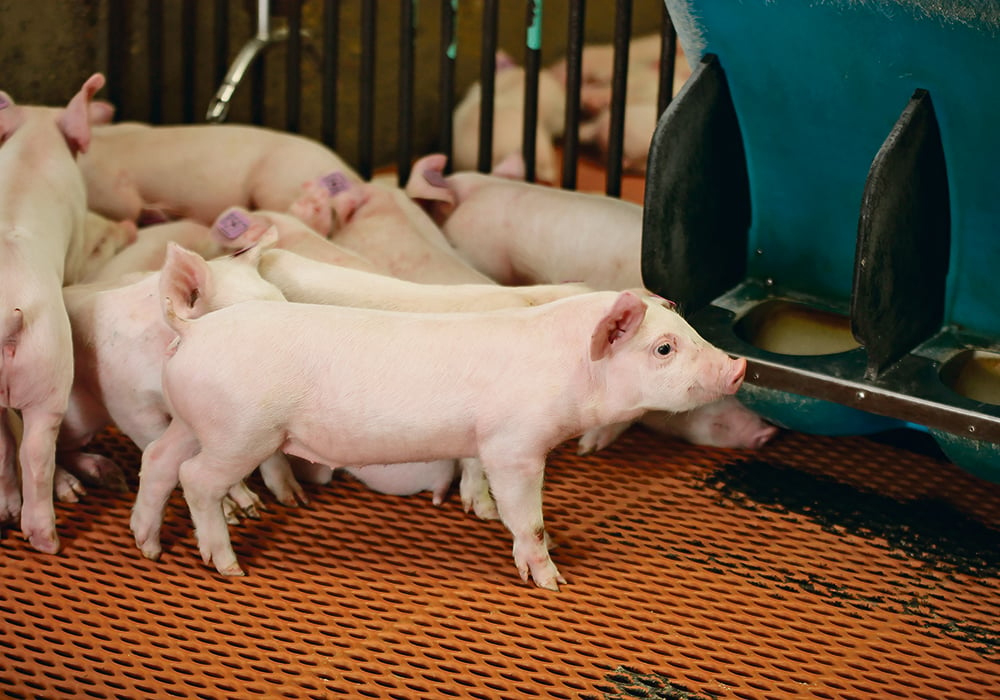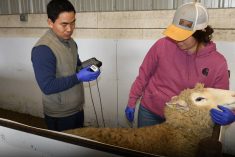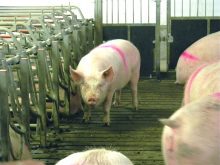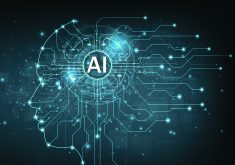A sick pig doesn’t want anyone to know it’s not well, and that can stop even the best barn staff from intervening before the animal’s condition worsens.
With smart technology and artificial intelligence, it should be possible to flag illness long before humans can identify it, says Tami Brown-Brandl of the University of Nebraska, speaking at the Manitoba Swine Seminar.
Check out our Hog Hub for more hog-specific stories
“This is an animal hiding its symptoms for three days,” said Brown-Brandl as she showed a camera system that identified a sick pig that everyone else had missed.
Read Also

Charges laid after cattle theft
Saskatchewan RCMP lay two charges against a man after six cattle went missing.
“If we can have tools like this to highlight changes in behaviour, we’re going to pick it up way before you can with your eyes and your ears in a barn, even if you’re really good at your job and even if you’ve been doing it a long time.”
In this case, the pig had pneumonia and had not been flagged by a hog barn worker with 35 years of experience. Brown-Brandl said pigs hide symptoms of sickness from pen mates and humans because, as prey animals, a show of weakness can be deadly.
That’s where cameras and other sensors, combined with good analytical systems, can spot problems before humans do. With that information in hand, workers can intervene earlier and more effectively.
Such systems will become more important in open housing for gestating sows, in which workers are unable to carefully monitor each animal.
“When we take her out of this position and put her in open housing, we lose a lot (of insight,)” said Brown-Brandl.
To counter loss of individual sow assessment in terms of feed intake, body condition and even lameness, cameras could be developed to spot problems.
Systems aren’t easy to develop. They need to preserve biosecurity, require little maintenance and be easy to use. Research proves this is possible.
The biggest animal care companies, including Merck, Zoetis and Boehringer-Ingleheim, are snapping up animal AI startups, so development is likely to be rapid.


















